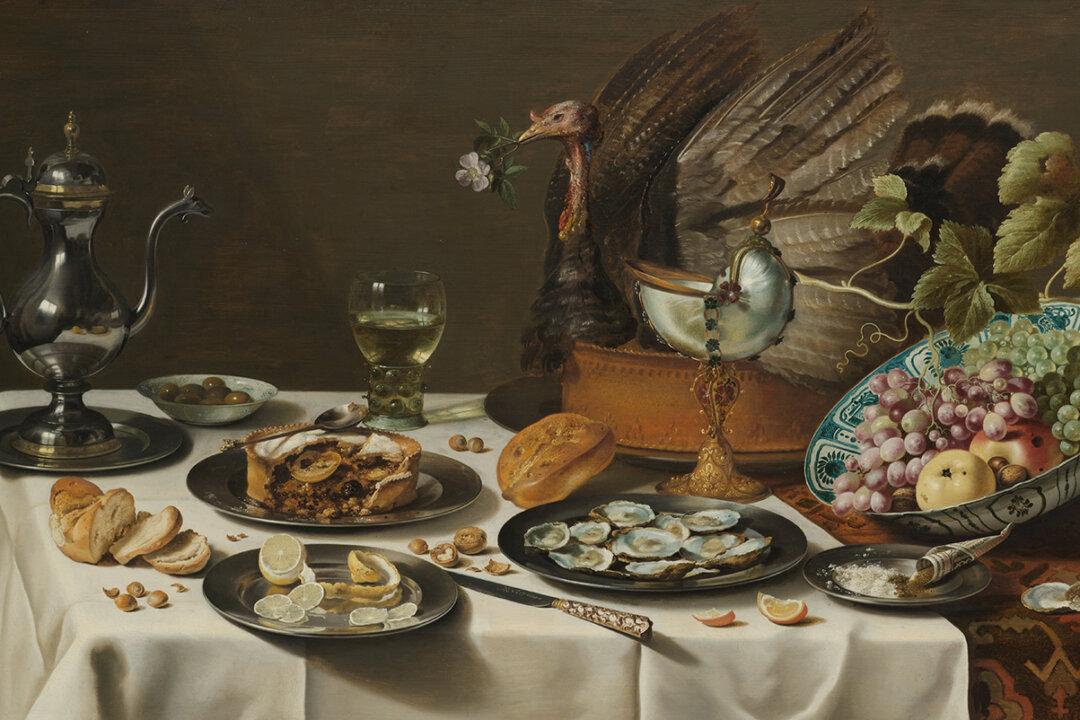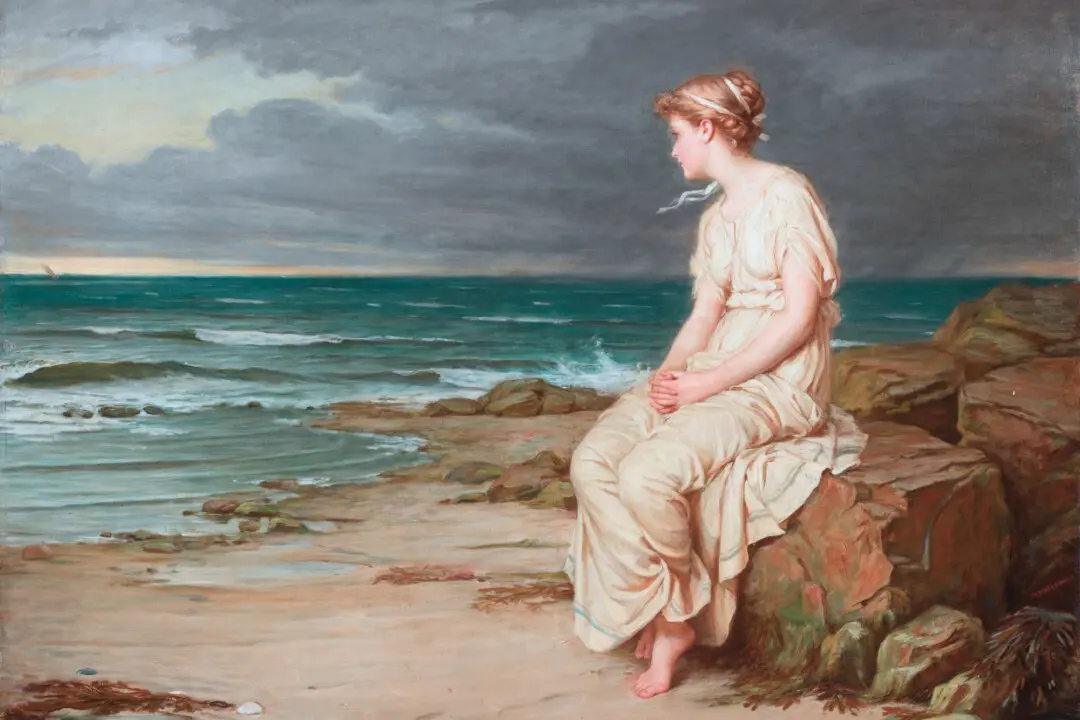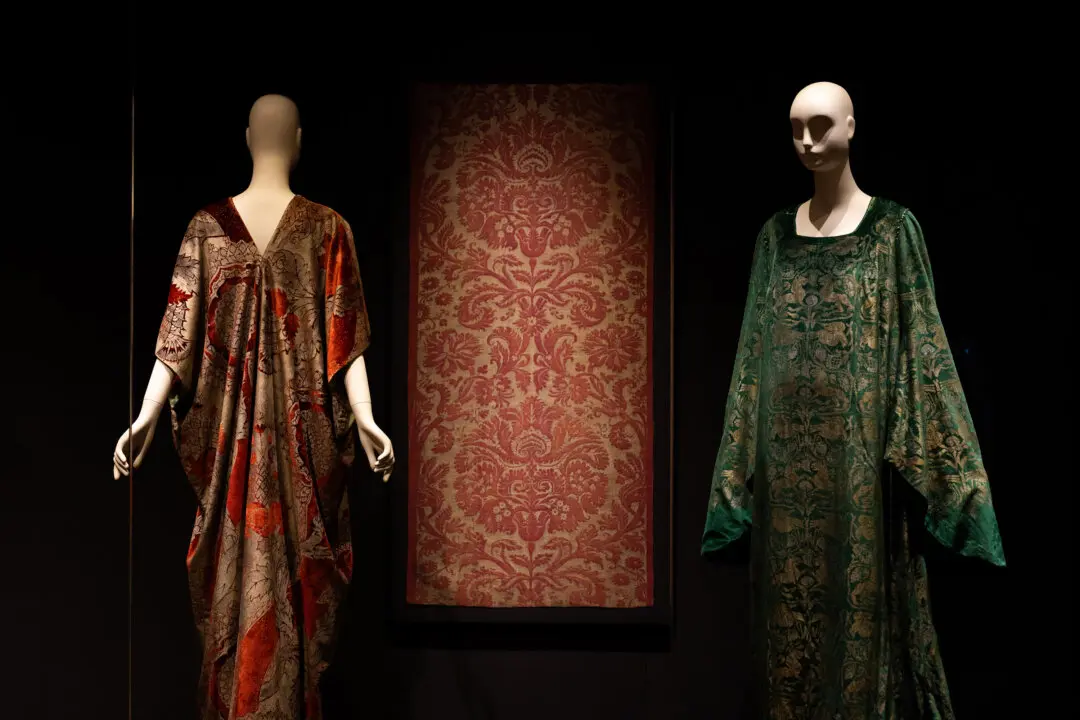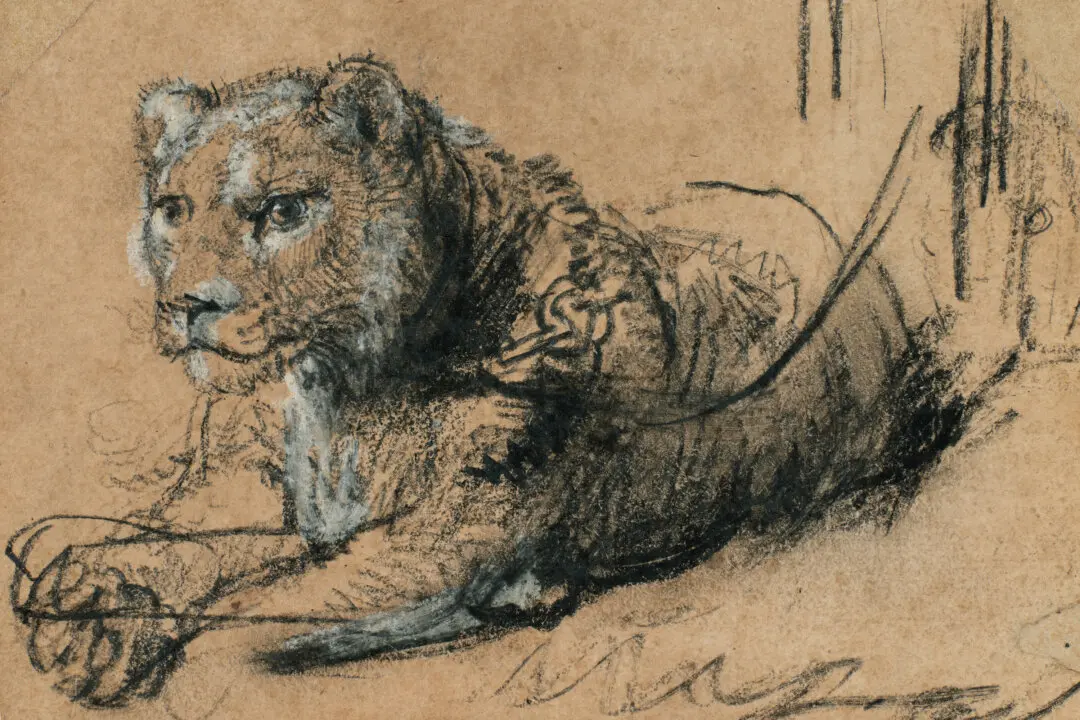There’s no painting more appropriate to pair with Thanksgiving than “Still Life With a Turkey Pie,” created by one of the most important 17th-century still-life painters, Pieter Claesz (1596/97–1660).
The works of Claesz epitomized the genre of still life, which not only featured a plethora of sumptuous banquet scenes of great aesthetic beauty but also reflected the cross-cultural trade and socioeconomics of the day.





